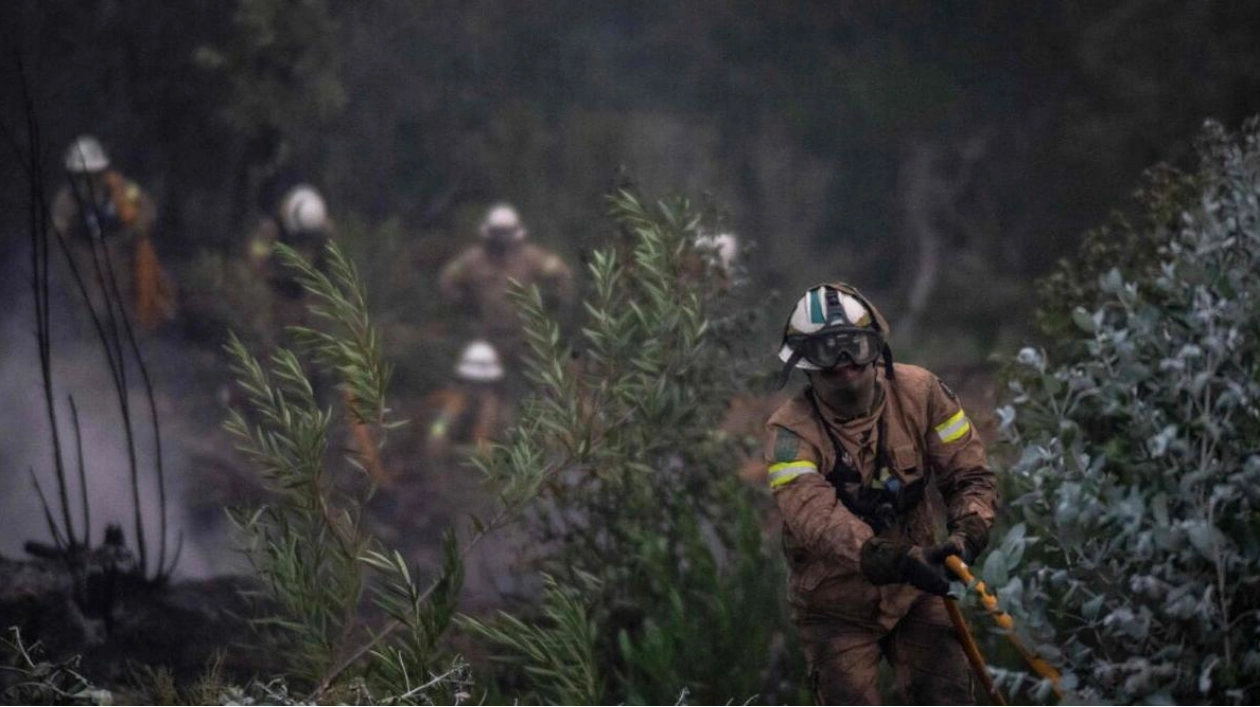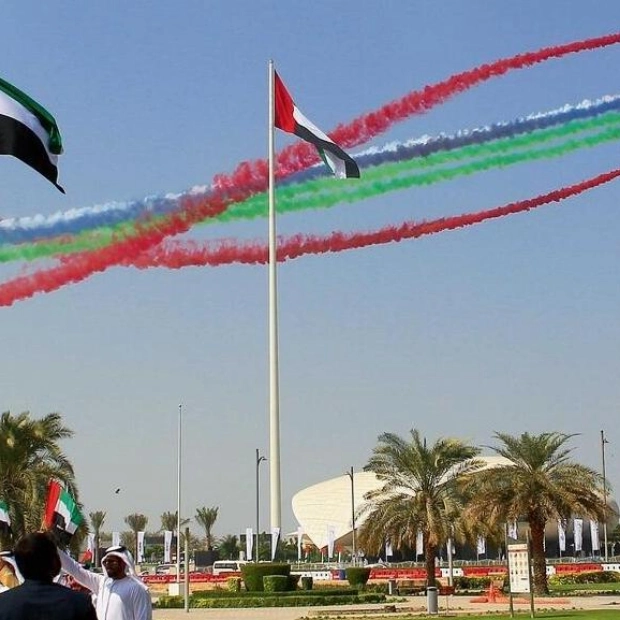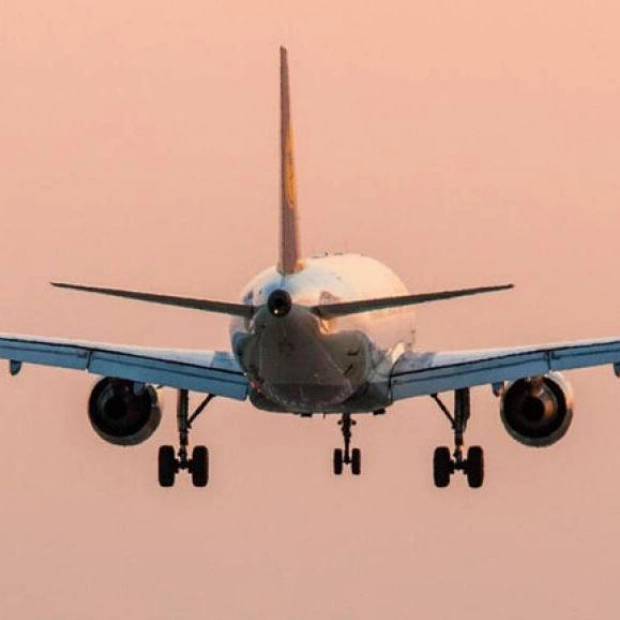Thousands of firefighters battling deadly wildfires in central and northern Portugal had largely extinguished the flames in the Aveiro district, one of the hardest-hit areas, by Thursday morning. They were now concentrating on a dozen fires still burning elsewhere. After five days of devastating tens of thousands of hectares of forest and farmland, destroying homes and claiming seven lives, the fires in Oliveira de Azemeis, Albergaria-a-Velha, and Sever da Vouga in the northwestern district of Aveiro were no longer considered active on the civil protection service's fires portal.
Cooler air temperatures with increased humidity since Wednesday have aided the firefighting efforts, following an unusually hot period during which gusts of wind spread the flames. The weather agency IPMA forecast maximum temperatures of 22-27 degrees Celsius across central and northern regions on Thursday, significantly lower than the recent highs that exceeded 30 C.
On Wednesday, a 270-strong Spanish military emergencies team joined the effort to support exhausted emergency workers in the central Vizeu district, adjacent to Aveiro. Up to 12 aircraft were assisting hundreds of firefighters battling flames near the town of Castro Daire in the district. Spain, Italy, France, and Morocco have provided water-bombing aircraft.
Data from the European Forest Fire Information Service indicated that large-scale fires had burned over 105,000 hectares since Saturday, making this year's total of approximately 140,000 hectares the largest burned area since 2017, when Portugal experienced two devastating waves of wildfires that killed more than 100 people.
Authorities believe that at least some of the dozens of fires across Portugal were started by arsonists, motivated by potential commercial interests, spite, or criminal negligence. Police have arrested at least 13 people since Saturday on suspicion of starting fires.






